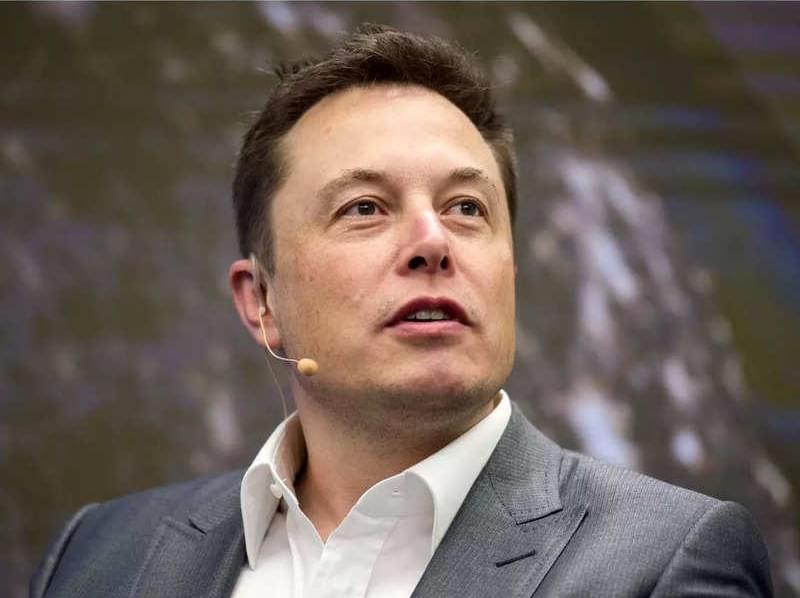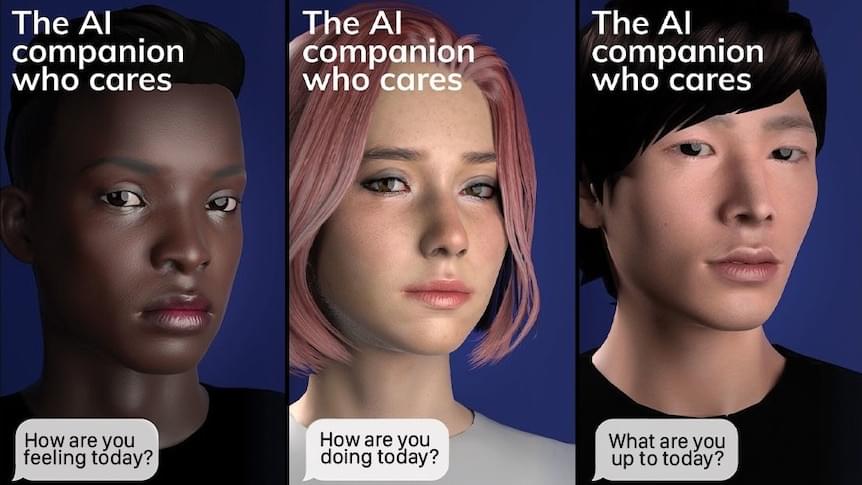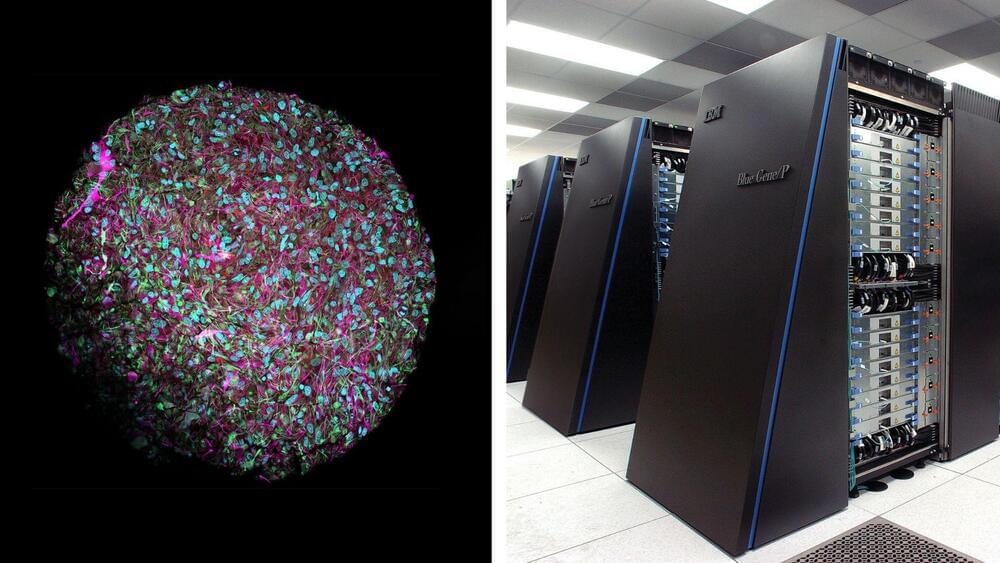Check out all the on-demand sessions from the Intelligent Security Summit here.
Data management and integration veteran Talend today debuted the winter ‘23 release of its core platform, providing enhanced observability, automation and connectivity for enterprises’ data assets. The update comes over a month after the company announced it is being acquired by Qlik in a transaction set to close in the first half of 2023.
Talend started in 2004 as a data integrator, but gradually expanded to offer Talend Data Fabric, a unified solution that works across any cloud, hybrid or multicloud environment. The solution combines enterprise-grade data discovery, integration, quality (automatic cleaning and profiling) and governance capabilities. It’s is intended to reduce the effort involved in working with data, while providing teams with clean and uncompromised information for decision-making.









